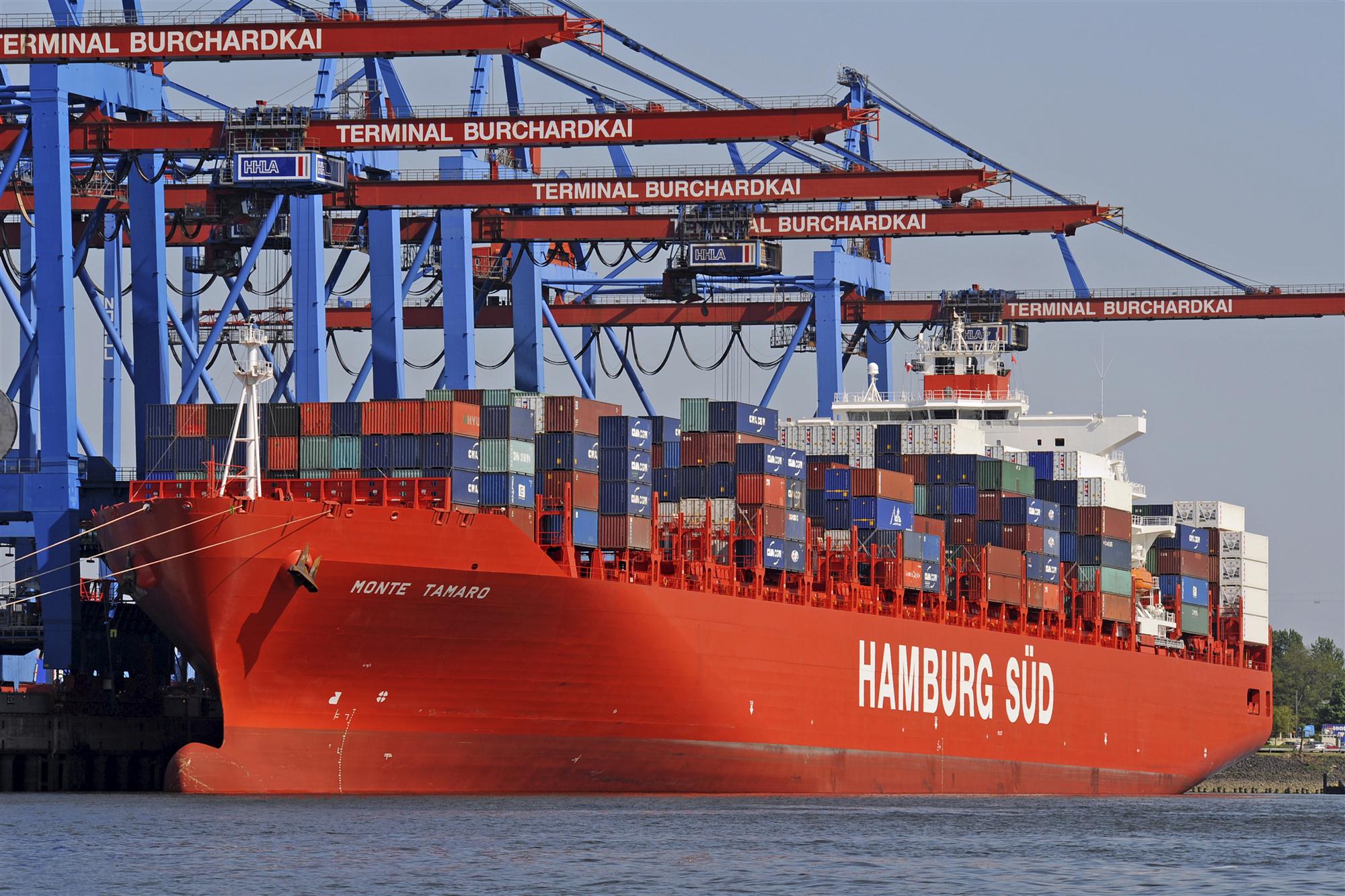Despite uncertainties, the Asia-Europe trade is still a good place to be for those involved.
German shipping line Hamburg Süd, which only entered the Asia-Europe market at the end of 2014, recorded a total container volume of 4.1 million TEUs in 2015, a year-on-year growth of 21.5%.

“About one-third of this growth stems from our entrance in the East-West trades,” says Frank Smet, member of the executive board at Hamburg Süd. “The rest is mainly due to the integration of the Chilean line CCNI’s book of business, which we acquired in March 2015. We already had a very good standing in the trades where we operated so that customers were supportive of our entrée. There was, however, a learning curve which we had to go through.”
The Asia-Europe trade lane is already a key market for a plethora of logistics players. One example is Bolloré Logistics, which aims to continue growing its market share in the trade by helping customers find reliable solutions to support their businesses even in difficult times.
“We count particularly on our specific approach on verticals as well as our excellent partnership with our fellow carriers, both air and sea, to achieve that,” says Pierre Houe, COO of Bolloré Logistics Asia Pacific. “We will seek to optimize our operational costs, and develop economical alternatives on the trade, either through specific hubbing or through time-deferred solutions such as rail or sea-air.”
Both Asia and Europe have experienced their fair share of problems and difficulties in recent times that present issues for the logistics industry, including currency devaluations, China’s slowing economy and the United Kingdom’s decision in June 2016 to leave the European Union.
“In today’s market, there are very few trades which do not suffer from these issues,” says Smet. “Just look at the economic situation in South America and you will realize that it’s not a picnic there either.”
One region which has been giving hope to many in the logistics sector has been Southeast Asia.
“While Northeast Asia accounts for the majority of our Asian export business we do see pockets of growth in Southeast Asia,” Smet says. “Vietnam and Indonesia in particular tend to outperform other markets but this is largely concentrated in a few industries such as electronic goods and some textiles. This represents a shift in production of some lower-value commodities but in many cases a diversification of production.”
Bolloré, which has a large presence across the region including Myanmar, Laos and Timor Leste, says it believes that this young and developed block of nations will offer many important opportunities for development in the coming years.
“This will be facilitated by the increasing significance of ASEAN in particular, the multiplicity of trade agreements signed, as well as developing infrastructure, particularly road and rail,” says Houe. “There are several factors which are encouraging for the future: the region is rich in resources such as oil and gas, minerals and agriculture; most countries have a young and decently educated workforce; Indonesia, Vietnam and the Philippines have a high domestic consumption growth; and the region overall offers a unique and safe alternative for investment from Europe, Japan, Korea and the US. I should also mention the fantastic business and logistics platform of Singapore. At Bolloré, we strongly believe in the development of this area, and will further carry on investing in these countries, on infrastructure, technology as well as in people.”
Hamburg Süd said in April that it was expecting a more moderate growth of about 8% for 2016, and that it will continue to be affected by low freight rates in the months to come.
“It is hard to be optimistic,” says Smet. “The market growth will remain subdued and overcapacity will continue to be with us.”
One of the major challenges in a depressed environment, according to Houe, is to manage to remain positive, innovative and focused.
“Certainly, keeping our ratio of profitability as well as achieving the growth forecasted in our budget is a challenging task, when freight rates are weakening and overall volumes stagnating,” he says. “It takes more from the people and the systems to keep the customers happy, who are themselves more focused on achieving savings on their logistics costs than forecasting their development needs. To keep investing in technology, taking into consideration the profound changes in society, businesses and the economy, such as e-commerce, sustainability and big data, while keeping people motivated is definitely another key challenge of tomorrow.”
In the short term, Houe says the third quarter should see a seasonal rebound in the Asia-Europe trade, judging by volumes in June and July. He does not foresee a sharp rebound in the last quarter, saying that low oil and mineral prices will make the year a challenging one.
“We do hope, however, to be able to achieve our 2016 targets,” he says. “That will in turn make 2017 an even more interesting subject.”
By Jeffrey Lee
Asia Cargo News | Hong Kong



